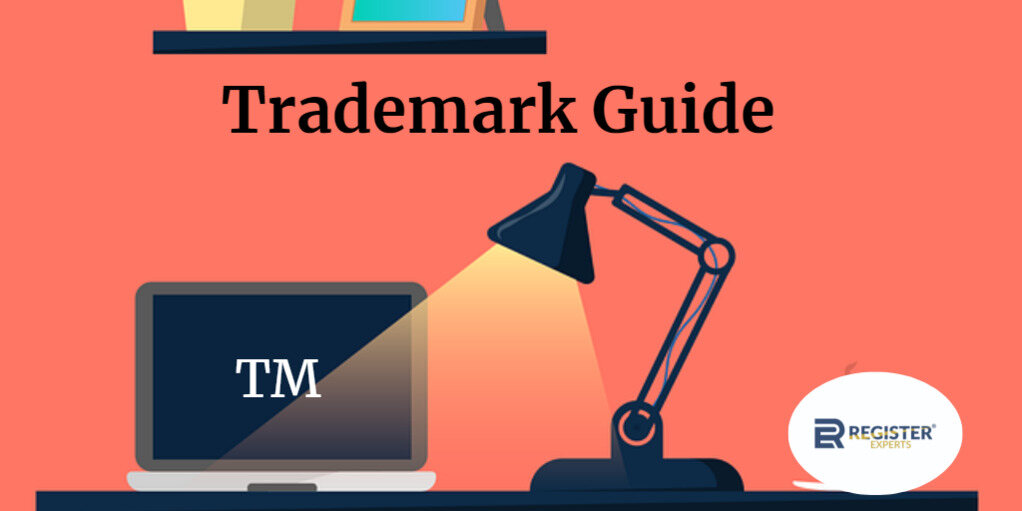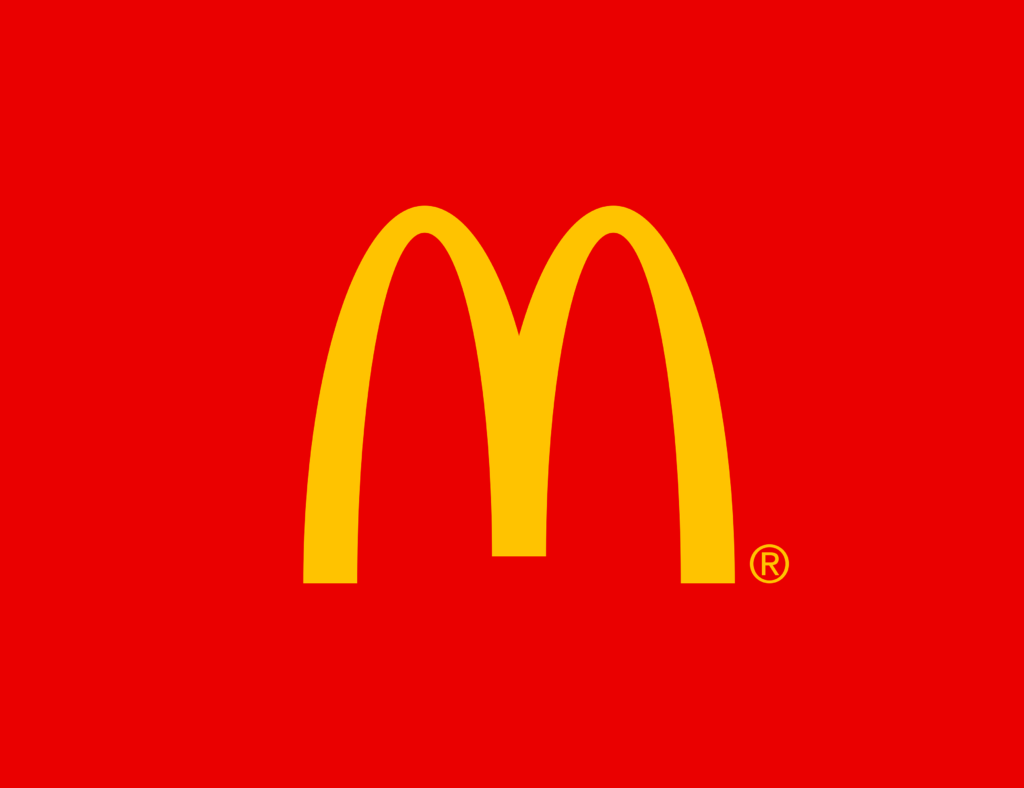
Trademark basics: All you need to know about Trademark
Technically, ‘trademark’ is a word, phrase, name, symbol, design, or a combination of these used by a company to uniquely identify and distinguish its goods or services from others. It is a part of the intellectual property asset of a company. For those who do not know about trademarks, have a look at these examples:

Name – Coco Chanel, a famous designer.

Figure or mascot – The white-cap chef of Pillsbury.

Symbol – The famous golden arch of McDonald’s.

Design – The circular colour and style of Pepsi.
You must have known by now and got the idea of what trademarks are. You encounter many of them almost daily. Let’s take a tour of trademark basics.
Trademark, Service Mark, Brand, Copyright & Patents
These terms may sound synonymous but play a great difference while filling an application for registering any of these. ‘Brand’ is used in connection with high profile trademarks, searched by trademark search vendors and reviewed by a trademark attorney. A ‘trademark’ and ‘service mark’ differ only in the sense that the former represents a product’s packaging while the latter represents a service and is displayed in the advertisement. ‘Copyright’ protects original work of authorship, relevant to literary, musical, artistic, dramatic works etc. and involves original databases, films, programmes, broadcasts, sound recordings and typographical arrangements of published editions.‘Patents’ are related to inventions. Both copyright and patent give an exclusive access to the owner of the product or service and prevents any act of being copied.
Why Is ‘Trademark’ Important For Your Company?
- Identity – Trademarks indicate the source of origin of goods and services. They become the face of your company among the consumers. They represent a company’s goodwill and reputation in the marketplace.
- Quality mark – Some trademarks become so popular that they automatically symbolize the guarantee for the quality of products or services being purchased.
- Marketing tool – Consumers make their perception about goods and services based on trademarks. They categorize the companies as ‘brands’ depending on the popularity of their trademarks. A creatively chosen trademark can be a great marketing tool for your company.
- Value to the company – The buying choices and consumer trends largely depends upon the familiarity of the trademark in the market. The more the trademark becomes popular among consumers, the more the value adds to the company.
Trademarks Are More Than Identity
Inherently Distinctive Trademarks
These trademarks can be of three types: fanciful, arbitrary and suggestive. Rather than getting into technicalities, let us understand these by examples. ‘Kodak’ for photographic materials and ‘Verizon’ for telecommunication services, are examples of fanciful trademarks. They are the strongest in appeal and easiest to protect. Arbitrary trademarks are common terms used to identify products outside the context. For example – ‘Apple’ and ‘Amazon’ represent computer and online bookstore, which is nowhere related to their literal meaning, the fruit and the river. ‘Caress’for body wash and ‘Odor Eaters’ for deodorizing shoe insoles are examples of suggestive trademarks. They suggest the quality or ingredient of a product but the indication is not direct and requires brainstorming.
Not inherently distinctive trademarks
These include descriptive marks such as ‘Spray n Wash, Laundry Stain Remover’, personal or surname marks and geographically descriptive marks. These may or may not be unique and therefore do not qualify trademark registration. These can be considered for registration only if they acquire secondary meaning or are recognised by consumers as trademarks. For example -‘International Business Machine (IBM)’ became a trademark for computer accessories only after it affirmed secondary meaning.
Apart from these, there are ‘generic’ terms as well. ‘Wine’, ‘Bleach’, ‘Orange’ etc. cannot be used as registered trademarks since they identify a category. They cannot be specified for use only by a particular company.
How To Choose A ‘Trademark’ For Your Company?
If you are thinking to start a business, you must have thought of a proper worthy name for your company. The important thing to do is to conduct a proper trademark search before gaining popularity in your business. How much research needs to be done depends on multiple company factors such as:
- Where will the mark be used, locally or internationally?
- What is the importance of the mark for your company, for instance, is it the house mark or mark of a sub-brand?
- How much budget can the company afford to allocate on research?
The results of the search do not give a precise answer in ‘yes’ or ‘no’, rather it gives a risk analysis that can be further used in the business decision. Especially, the novice business owners need to make sure that their competitors are not already using the name, brand, logo, design or mark that they have chosen for their product. In case of any legal dispute, whosoever started using the trademark first, will have superior trademark rights. The party found liable for trademark infringements can be sued or penalised with a heavy legal fee and moreover brand value damage. The guilty is deemed to change the name, which in turn can lead to closure of business. To conduct a thorough research, you can opt for any of the following:
- Paid search: If you have substantial funding available, you can conduct paid research. The cost will vary with the scope of the search. The more comprehensive the search, the more cost it will incur. But, initial investments can safeguard your company from further legal disputes. The requirement of a paid search depends on how unique the name chosen is. A paid search by an attorney shall provide an authenticated opinion letter. This document can be used in case of any trademark infringement issue that may occur in future. You can also contact us for free trademark search.
- Unpaid search: A comprehensive search on popular search engines such as Yahoo, Google, Bing can be utilized. Referring to the white and yellow pages directory can also be helpful. In case if you intend to sell a product or service, it would be prudent to check e-commerce giants like Amazon, Flipkart to confirm the trademark uniqueness. These types of searches may avoid initial disputes but do not necessarily confirm the uniqueness of the company’s You can even search on govt site which is free and provided by the government.
When & Why To Register ‘Trademark’?
After conducting a proper trademark search, you should immediately apply for a trademark right to your company name. Registering your trademark will ensure that the brand is protected as soon as the selling begins. Such cases are referred to as ‘intent to use’ applications. Whereas, if a trademark is already in use for commercial purpose and then registration is applied, it is referred to as a ‘use’ application.
Registration will legally authorise a mark of ownership to your company. It is indicative of the exclusive right of the owner to use the mark nationwide for the goods and services produced. The trademark registration in one country can also be used as a basis to apply for registration in foreign countries. This will enhance the market value of your company, add to its capital and potential turnover. This popularity will tempt other owners to notice the influence of your mark and in turn, increase their inclination towards your brand.
‘Trademark’ is your asset and only your company is liable for its protection
There is no term such as ‘trademark police’. In case of any infringement, nobody else will be bothered except you. It is your asset and you have to protect it from being copied, misused or overused. Registering a trademark gives a company the right to sue any other party for violation of trademark rights. However, there is no separate entity responsible to protect and serve trademark owners. Being an owner gives you two responsibilities:
Stop the infringers and counterfeits
Trademark infringement is mainly based on the likelihood of the customer’s confusion. Using a deceptively similar trademark makes it very easy for a fraudulent entity to steal your business. Such a case if encountered by your company, can be reported under the Trademarks Act, 1999. Vigilance will play a key role to safeguard the trademark value in the market. A company must be willing to take immediate strict corrective action against any wrongdoer.
Maintain proper and consistent use of the trademark.
Careless usage of a trademark may occur by media or company employees, and hence public in general. To avoid such cases, trademark usage guidelines must be issued. For instance, the text identifying ‘eBay’ should not appear as ‘EBay’ or ‘Ebay’. Resources may be dedicated for trademark enforcement, specifically in the initial stages of company setup.
Trademark Lifecycle
The cost of trademark (registration and maintenance) will serve a long-term value to attain reputation, goodwill and identity for your company’s products or services. Trademark intricacies are a subject matter of trademark lawyers, but now you must have learnt at least the basics of trademarking concepts. To sum up here’s a step by step staging of trademarking:
- Creation (innovative brainstorming)
- Screening (shortlisting a few from the creations)
- Clearance (trademark search)
- Investigation (paid or unpaid)
- Opinion (referring an expert or checking the availability)
- Filing and registration (getting it legalised)
- Protection (from being copied or misused)
- Maintenance (filing renewals)
- Commercial exploitation (licensing).
Still Confused? Talk To Our Experts
GET FREE CONSULTATION!
Trademark Registration. Register Your Brand Name & Logo.
